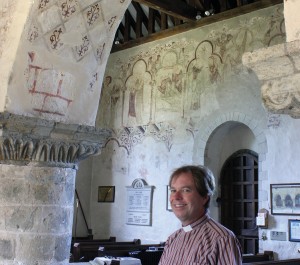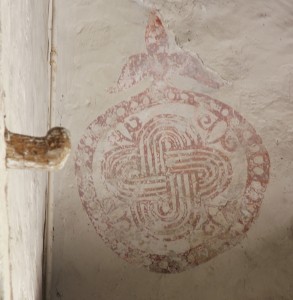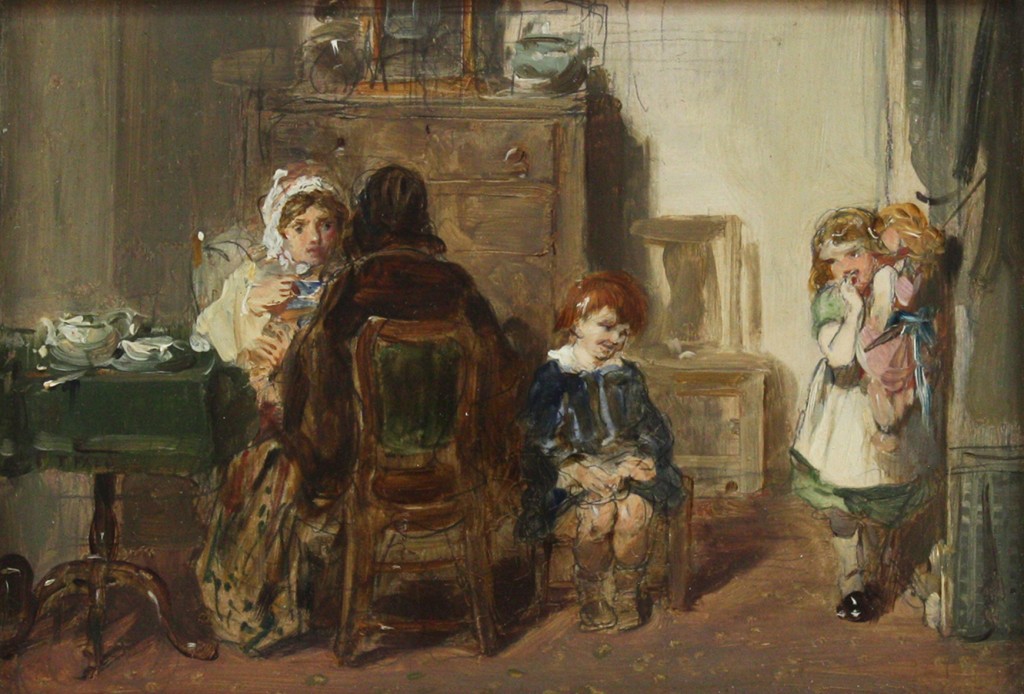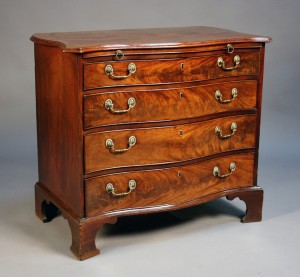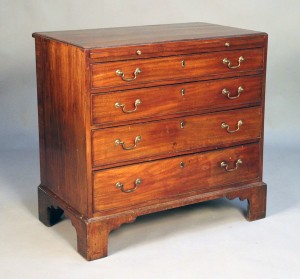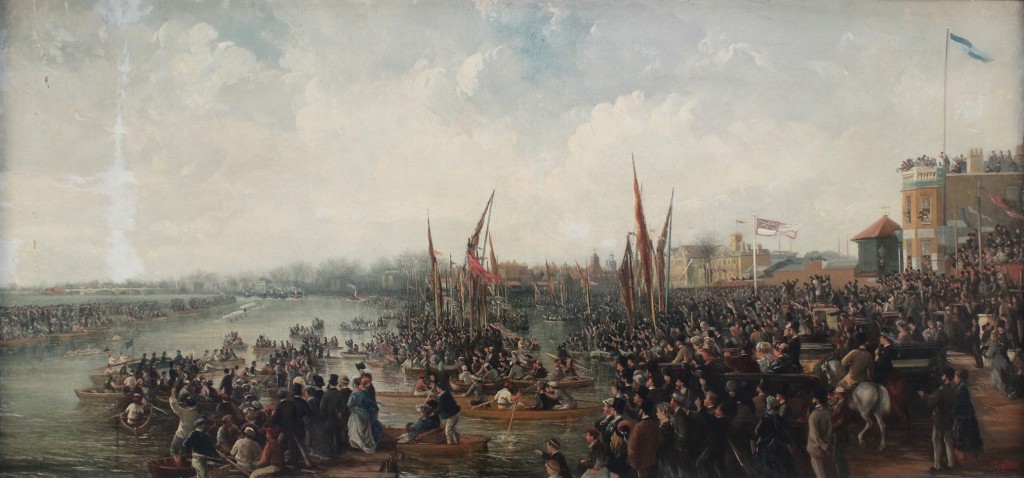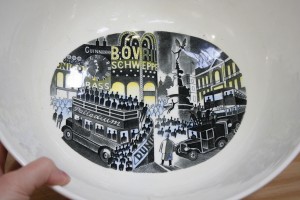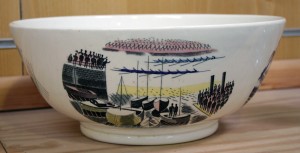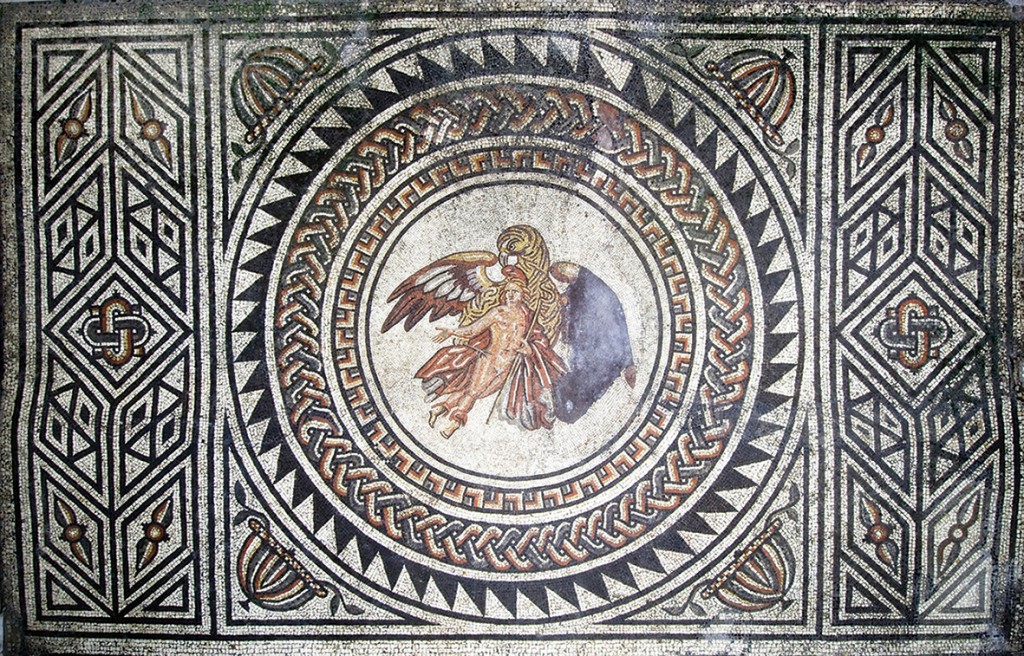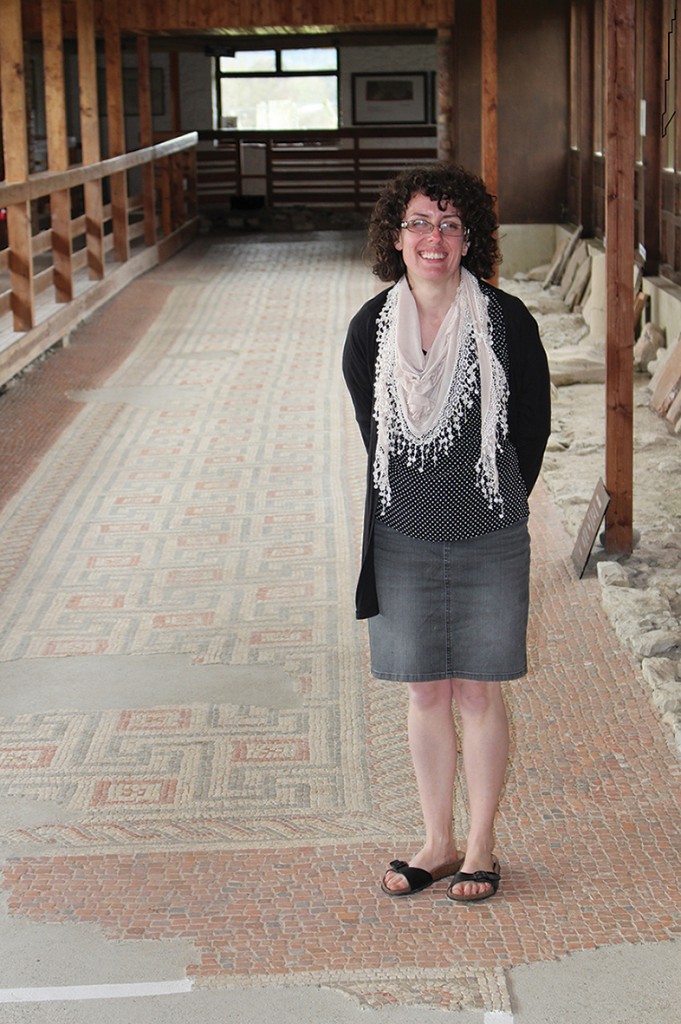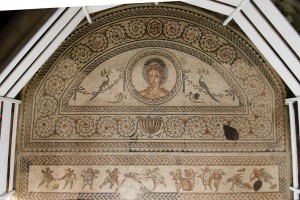
The French porcelain which became ‘Sèvres’ began at Vincennes around 1740, when the French nobleman Orry de Fulvy established a manufactory at the Châteaux de Vincennes, near Paris, and employed Gilles and Robert Dubois. The Dubois brothers, one a sculptor, the other a painter, were runaway workers from the Chantilly porcelain factory in Oise. They claimed to know the secret of porcelain manufacture and were joined by fellow Chantilly worker Louis-François Gravant. In 1745 a company was formed and King Louis XV granted a royal privilege giving Vincennes an exclusive right to make porcelain decorated with figures and gilding. The privilege even prevented Vincennes workers being employed elsewhere.
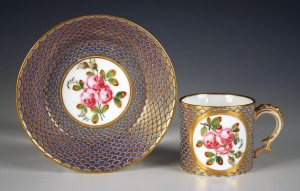
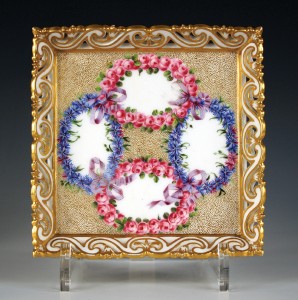
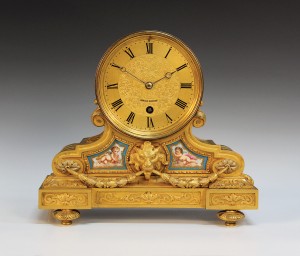
Like the later Sèvres pieces, Vincennes output was commonly marked with interlaced ‘L’s to the bases. The Vincennes cup and saucer illustrated dates from 1752. The inky blue-glazed ground sets off the richly gilded flower sprays and laurel garland beautifully. Pieces such as these are highly sought-after by collectors around the world and this cup and saucer realised £2600 in a Toovey’s specialist auction.
In 1756 the manufactory was moved to new buildings at Sèvres. Success in making hard-paste porcelain of the type produced by Meissen and the Chinese remained elusive, despite large sums of money being paid, often to false arcanists. In 1769 this goal was achieved, though few hard paste porcelain pieces were produced until 1772. Those that were made were marked with interlaced ‘L’s beneath a crown. This mark was used at Sèvres in various forms until 1793.
The Sèvres porcelain coffee can and saucer, circa 1776, painted by Guillaume Noël with circular rose vignettes within blue and gilt scale borders, shows the extraordinary skill of the artists working at the factory. It was marked to the base with blue enamel interlaced ‘L’s, date code and Noël’s monogram and was sold at Toovey’s for £2200.
A particular favourite of mine was this exquisite Sèvres porcelain plateau carré of square outline, circa 1764, which we auctioned for £3000. It measured a little under six inches in width. Jean-Baptiste Tandart’s fine painting delights with four cornflower and pink rose oval garlands, alternating with puce ribbon ties, on a stippled gilt ground. The delicate composition is framed by a pierced Vitruvian scroll rim, heightened in gilt.
Many French clocks and pieces of furniture are decorated with Sèvres-style panels. This fine mid-19th century French ormolu mantel timepiece had a year-going, five-spring barrel movement by Achille Brocot. The case is decorated with Sèvres-style porcelain panels, painted with cherubs within bleu céleste and gilt borders. Son of the famous Louis-Gabriel Brocot, Achille Brocot is recorded as working at Rue d’Orleans au Marais, Paris, between 1850 and 1874. It sold in a Toovey’s specialist clock sale for £2200.
The qualities of Sèvres porcelain are sublime and still captivate the eye of the connoisseur today. Toovey’s next specialist sales of porcelain and clocks will be held on 22nd May 2014. If you would like advice on the sale of your fine china or timepieces, contact Tom Rowsell on 01903 891955.
By Revd. Rupert Toovey. Originally published on 23rd April 2014 in the West Sussex Gazette.

